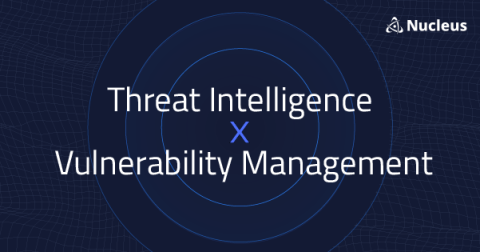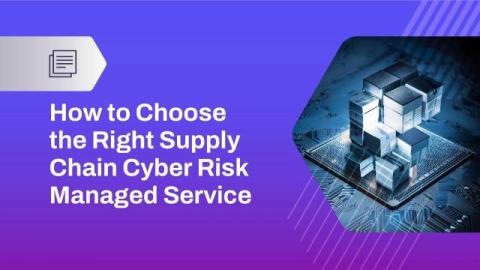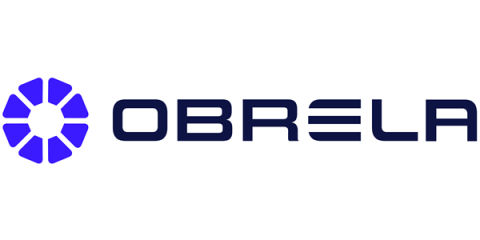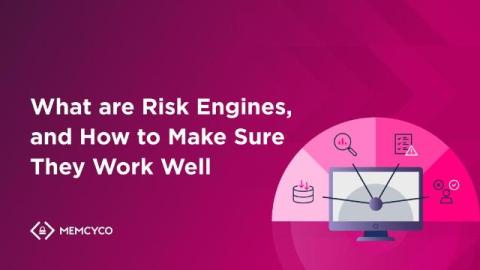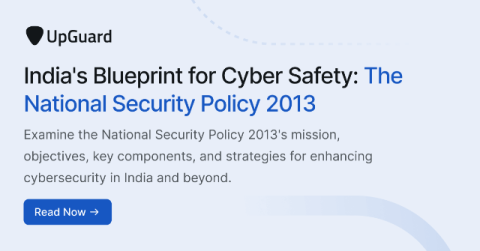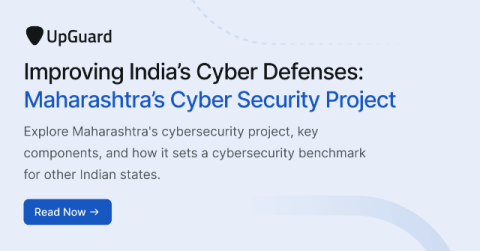CyberRisks in DevOps
Are you aware of cyber risks in DevOps and how they can impact your business? Turn on the DevOps Backup Masterclass Podcast to join our host Gregory Zagraba and explore the biggest cyber threats to DevOps environments, including GitHub, GitLab, Bitbucket, and Jira with an ultimate review of the Top 2023 risks.




